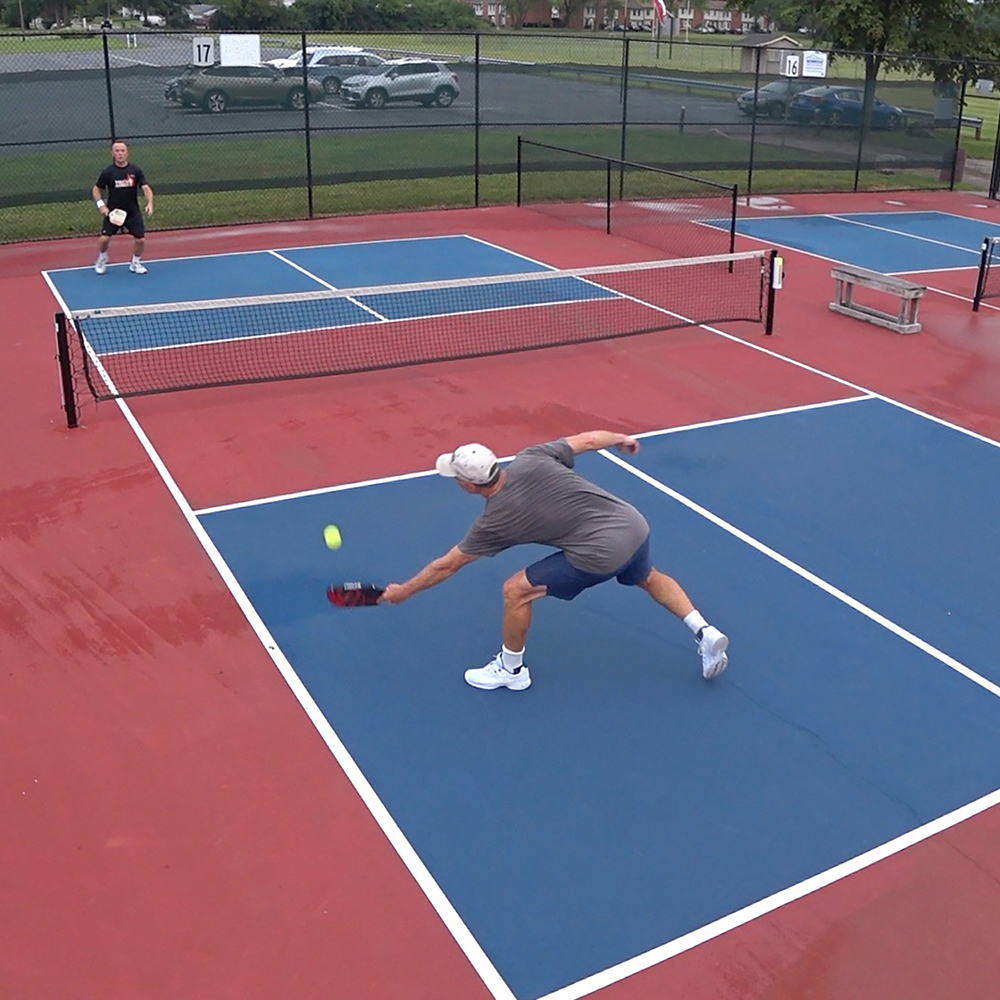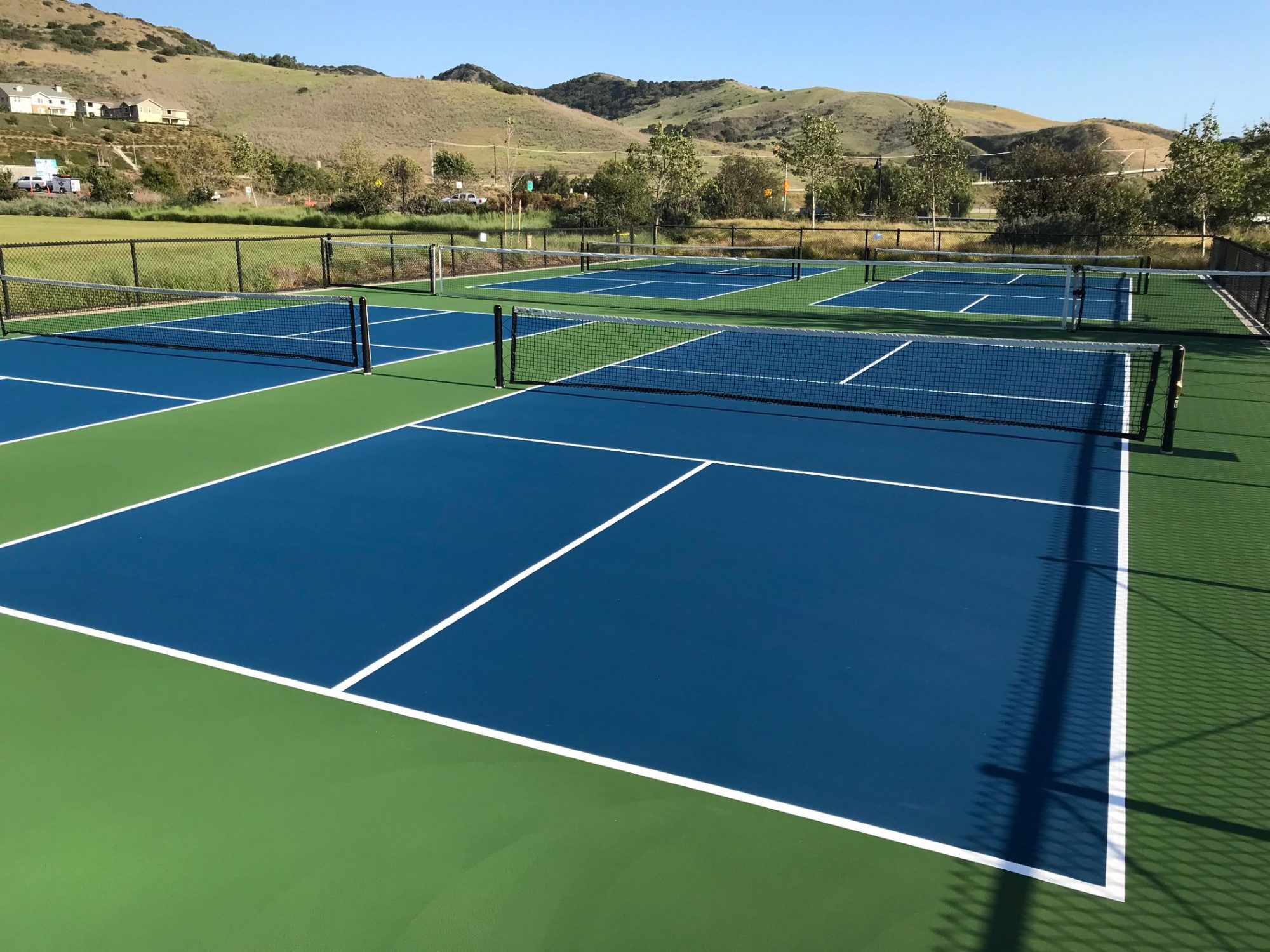Recognizing the Timeline for Your Pickleball Court Construction Project
Recognizing the Timeline for Your Pickleball Court Construction Project
Blog Article
Navigating Laws for Pickleball Court Building And Construction in Your Location
Creating a pickleball court in your location needs a nuanced understanding of numerous neighborhood laws, consisting of zoning legislations, building licenses, and safety requirements. Involving with neighborhood authorities and the area is crucial for ensuring compliance and cultivating support.
Understanding Neighborhood Zoning Legislations
When considering the construction of a pickleball court, comprehending regional zoning laws is vital to making sure compliance and avoiding possible lawful issues. Zoning regulations dictate how land can be made use of and often consist of requirements relevant to leisure facilities. These laws can differ dramatically by district, affecting aspects such as court positioning, dimension, noise, and lights degrees.
Prior to launching building, it is important to consult the neighborhood zoning board or planning division to identify the particular policies that relate to your property. Certain zones might limit recreational activities, while others might need details permits or adherence to certain guidelines. It is additionally vital to think about problems, which figure out just how far frameworks should be from residential property lines or various other structures.
In addition, private advancements, such as homeowner associations (HOAs), might enforce their own guidelines pertaining to the construction and usage of pickleball courts. Understanding these policies can prevent expensive adjustments or litigation down the line. Involving with regional stakeholders and neighborhood participants can give beneficial insights and foster assistance for your task, making certain that it aligns with the community's requirements and assumptions.
Getting Necessary Building Allows
Exactly how does one browse the complexities of getting needed structure authorizations for a pickleball court? The procedure begins with recognizing local policies and requirements stated by metropolitan authorities. Typically, you will need to send a detailed site plan that outlines the proposed court measurements, materials, and design. This plan should follow zoning regulations and any kind of certain guidelines pertaining to recreational centers.

Once licenses are acquired, it is critical to follow any evaluation routines and needs throughout the building and construction phase. Preserving communication with regional authorities will certainly facilitate a smoother authorization procedure and help stay clear of potential troubles. By extensively preparing and recognizing the permitting landscape, you can successfully navigate the complexities involved in creating a pickleball court while staying compliant with all regional guidelines.

Assessing Environmental Influence
When preparing the building of a pickleball court,A comprehensive assessment of environmental impact is necessary (Pickleball court construction). This examination aids determine prospective effects on regional environments, water sources, and neighborhood aesthetics. Key variables to take into consideration consist of site selection-- ensuring that the court is not improved environmentally delicate land, such as marshes or habitats for endangered varieties
Soil security and water drainage patterns must be analyzed to stop erosion and water pooling, which can negatively influence bordering plant life and wildlife. In addition, the selection of materials is critical; going with eco-friendly and lasting alternatives reduces ecological injury.
The execution of reliable stormwater monitoring techniques check out here is another crucial element, as it assists reduce runoff and sedimentation. Engaging with local ecological firms can offer important understandings into policies and ideal practices certain to your area.
Finally, area input can be beneficial in understanding any kind of local ecological worries and promoting support for the task. By carrying out an extensive ecological influence assessment, stakeholders can make sure that pickleball court building and construction aligns with lasting practices and contributes positively to the neighborhood's ecological health and wellness.
Following Safety Requirements
Ensuring compliance with security criteria is vital for the successful building and construction and operation of a pickleball court. Sticking to established security regulations minimizes the risk of injuries and crashes, making certain a safe atmosphere for players.
Key safety and security requirements include correct court dimensions, surface products, and lighting requirements. The court needs to fulfill the official measurements of 20 feet wide by 44 feet long for increases play, with appropriate buffer areas to stop injuries from errant rounds. Pickleball court construction. The surface area ought to be created from non-slip products to enhance traction and decrease the probability of falls
Furthermore, illumination has to suffice for night play, supplying consistent lighting to avoid shadows that can hinder visibility. Local building regulations might likewise dictate particular requirements for secure fencing and net height to guarantee gamer security and prevent unapproved accessibility to the court location.
Regular assessments and maintenance are necessary to promote these criteria gradually. By prioritizing security compliance, court owners not why not try these out only protect players but likewise foster a favorable credibility within the community. This dedication to security can encourage greater participation and enjoyment of the sporting activity, eventually adding to its development and sustainability.

Involving the Area in Preparation
Community participation in the drawing board of pickleball court construction can substantially enhance the project's overall success. Engaging regional citizens and stakeholders fosters a sense of ownership and motivates joint decision-making, which can lead to wider support for the effort.
To effectively include the community, organizers must start public conferences or workshops, giving a system for homeowners to voice their opinions and choices concerning location, layout, and services. Studies and feedback forms can likewise be utilized to see gather insights from a wider audience, making sure that varied point of views are thought about.
Furthermore, developing a community board of advisers can facilitate ongoing conversations and address problems throughout the preparation procedure. This board can consist of reps from various demographics, such as local colleges, entertainment companies, and neighborhood organizations, therefore enhancing area depiction.
Reliable communication is vital; updates regarding the task should be routinely shared using newsletters, social media, or neighborhood bulletins. By focusing on community interaction, organizers can cultivate excitement, mitigate potential resistance, and develop a pickleball facility that genuinely resonates with regional worths and needs. This collective technique not just enhances the task yet additionally enhances area ties.
Final Thought
Finally, browsing the intricacies of pickleball court building and construction requires an extensive understanding of neighborhood regulations, including zoning regulations, building licenses, and safety criteria. Performing ecological evaluations is important to minimize environmental impact, while area engagement can improve assistance for such jobs. By sticking to these standards and fostering collaboration, effective implementation of pickleball courts can be attained, promoting entertainment chances and neighborhood health. Continued diligence in these areas will make certain sustainable and certified growth.
Creating a pickleball court in your area needs a nuanced understanding of various local regulations, consisting of zoning legislations, structure permits, and safety and security standards.When considering the construction of a pickleball court, comprehending neighborhood zoning legislations is important to making sure compliance and preventing prospective legal problems. By thoroughly preparing and understanding the permitting landscape, you can successfully navigate the intricacies entailed in constructing a pickleball court while continuing to be certified with all local regulations.
In final thought, navigating the complexities of pickleball court building demands a detailed understanding of local regulations, consisting of zoning laws, structure licenses, and security requirements. By adhering to these guidelines and promoting cooperation, effective implementation of pickleball courts can be attained, advertising leisure possibilities and neighborhood wellness.
Report this page